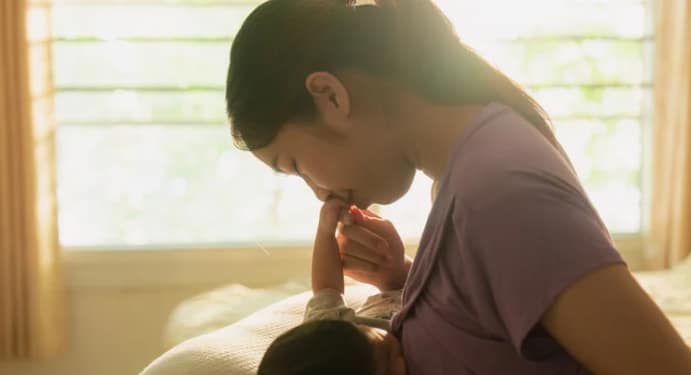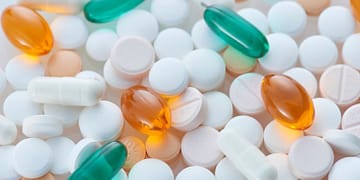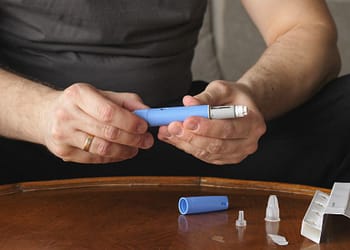- Kounis syndrome: the acute coronary syndrome that fuses cardiology and allergies - January 7, 2025
- Physical exercise as a cause of Anaphylaxis - December 9, 2024
- Postpartum Mastitis: What is it and what to do? - December 3, 2024
Mastitis is one of the leading causes of breastfeeding cessationIt is characterized by inflammation of one or more breast lobes., according to the WHO Its incidence varies from 3 to 33% in lactating womenIt is most common in the first three months postpartum, especially between the second and third weeks, and is generally unilateral.
There are two factors in its etiopathogenesis: the retention of breast milk, followed or not by bacterial infection. The most frequent germ involved is Staphylococcus aureus (usually methicillin-sensitive)
Most common risk factors
- Spaced and/or scheduled shots
- Mixed breastfeeding
- Poor grip
- Separation of mother and newborn in the first 24 hours
- Cracks or anatomical changes in the nipple
- Primiparity
- Overproduction of milk
- Previous mastitis
- Sustained pressure on the chest (tight bra, car seat belt, or sleeping prone)
- Prematurity
Symptoms
Symptoms may appear suddenly in one or both breasts, the most common being: Pain, heat, swelling and redness in the shape of a wedge that outlines the affected breast lobe.
Local lesions on the nipple (irritation, cracks) may be present with intense pain, all associated with systemic symptoms such as fever, chills, and general malaise.
Diagnostic tests
Breast ultrasound is recommended in cases of poor evolution to rule out abscesses, inflammatory breast cancer or ductal cancer and breast milk culture with antibiogram if the evolution is poor after two days of correct treatment, recurrences, allergy to usual treatments, severe mastitis, recurrent mastitis, probable nosocomial origin, risk of methicillin-resistant S. aureus and mothers of premature babies.
Treatment
General measures:
- Initiate breastfeeding from the affected breast (milk from the affected breast does not pose a risk to the infant)
- Take frequent and effective shots
- Massage the breast from the affected area to the nipple.
- Cold compresses after feedings to reduce edema and pain
- Pain control with analgesics and NSAIDs, especially Ibuprofen 400 to 600 mg every 6-8 hours, as it relieves pain and inflammation, facilitating breast drainage.
Empirical antibiotic treatment: As a general rule, it is recommended to start antibiotic therapy if symptoms persist for more than 24-48 hours after having applied the general measures described and adequate breast emptying.
Antibiotic treatment recommended for 10-14 days: Cloxacillin 500-1000 mg every 4 to 6 hours, amoxicillin-clavulanic acid 875/125 mg every 8 hours, cephalexin 500 mg every 6 hours or cefadroxil 1 gr every 12-24 hours, as effective as cloxacillin and more convenient to administer (Remember, antibiotics should only be taken when prescribed and indicated by your doctor).
In case of allergy to beta-lactams, the indicated antibiotics are clindamycin, vancomycin, linezolid or cotrimoxazole.
Specific antibiotic treatment: Guided by antibiogram.






